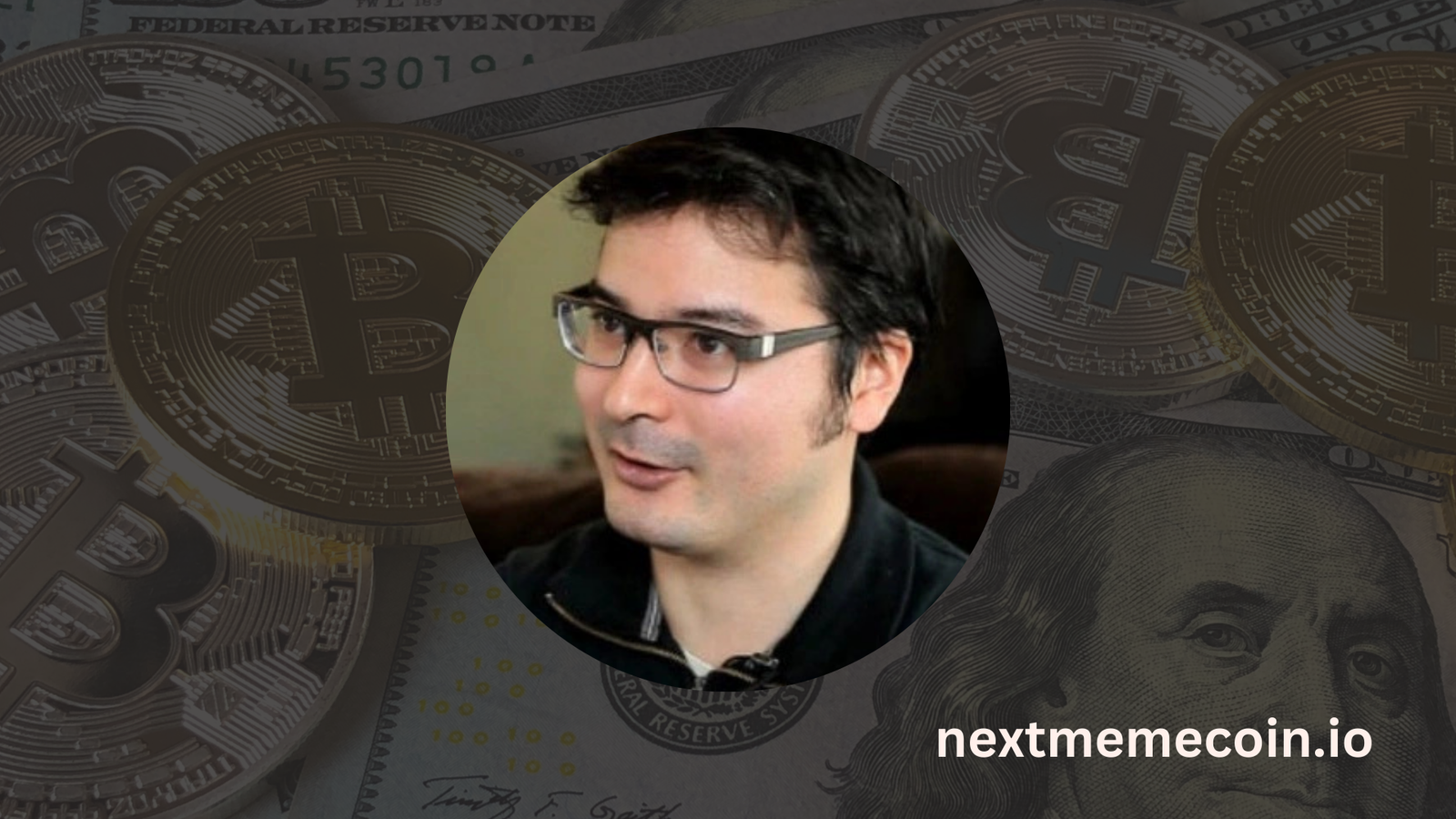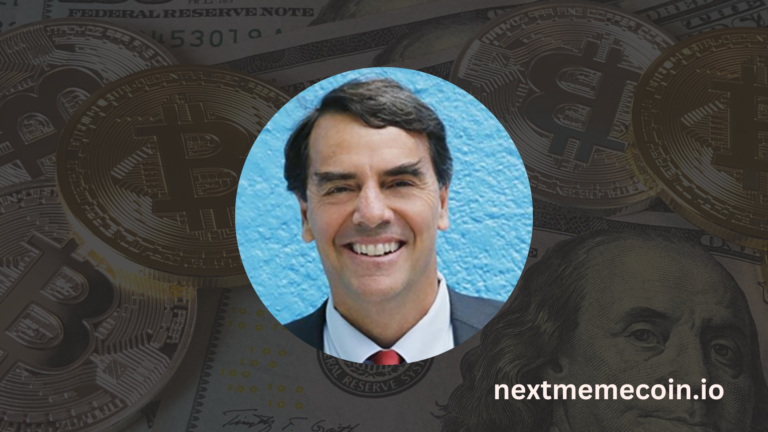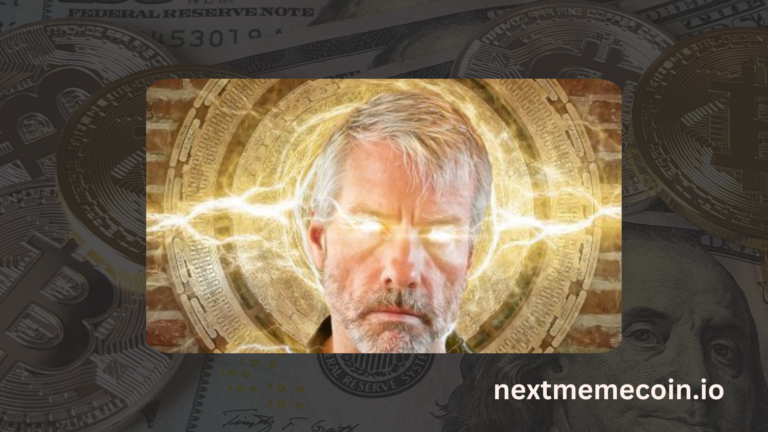Who is Billy Markus? Bio, Net Worth & Dogecoin’s Funny Start
Billy Markus isn’t a name that echoes through Wall Street boardrooms or Silicon Valley pitch decks, but it’s one that’s etched into the wild, unpredictable lore of cryptocurrency. A software engineer with a knack for coding and a wry sense of humor, Markus co-created Dogecoin—a digital currency that started as a joke but morphed into a multi-billion-dollar phenomenon. For crypto beginners, his story is a perfect entry point: it’s relatable, a little absurd, and packed with lessons about how something small can spiral into something massive. This isn’t just a tale of numbers and tech; it’s a human odyssey of a guy who stumbled into history with a Shiba Inu meme and a few hours of spare time.
In this guide, we’ll peel back the layers of Billy Markus’s life—his background, his net worth, and the quirky birth of Dogecoin. We’ll break it down simply for those new to the crypto scene, weaving in the latest data to show where he stands today. Think of it as a roadmap: from a Portland coder’s modest roots to the guy who accidentally sparked a cultural and financial wildfire. Along the way, we’ll explore what his journey means for anyone curious about crypto’s chaotic charm.
The Man Behind the Meme: Billy Markus’s Bio
Billy Markus was born in 1983 in Portland, Oregon—a city known more for its coffee shops and rainy days than for birthing crypto legends. Details about his early life are scarce, mostly because Markus isn’t the type to chase the spotlight. He’s a private guy, the kind who’d rather let his work—or his memes—do the talking. What we do know is that he’s a self-taught software whiz who carved out a career in tech before Dogecoin ever crossed his mind.
Before the crypto world knew him, Markus clocked in as a senior software engineer at IBM, the tech giant famous for everything from mainframes to AI. It was a steady gig, one that paid the bills and honed his coding chops. But Markus wasn’t just punching a clock—he was tinkering, experimenting, and keeping an eye on the nascent world of cryptocurrency. Bitcoin had launched in 2009, and by 2013, the digital currency space was buzzing with clones and dreamers trying to cash in. Markus, though, wasn’t looking to strike it rich. He was just a guy with a sense of humor and a little free time.
That humor led him to team up with Jackson Palmer, an Adobe engineer in Sydney, Australia. Palmer had bought the domain dogecoin.com and slapped a Shiba Inu meme on it, riffing on the viral “Doge” phenomenon—a goofy internet trend featuring a dog with broken English captions like “much wow.” Markus stumbled across it, chuckled, and thought, “Why not make this real?” In a few hours, he coded Dogecoin, blending bits of Litecoin and Luckycoin into a new cryptocurrency. Launched on December 6, 2013, it was meant to poke fun at the crypto hype—Bitcoin’s serious little brother with a dog’s face. Neither Markus nor Palmer expected it to last, let alone explode.
Today, Markus goes by “Shibetoshi Nakamoto” on X, a playful nod to Bitcoin’s mysterious founder, Satoshi Nakamoto. With over 2.1 million followers, he’s a crypto celebrity who’d rather post memes than preach about blockchain. He’s still a software engineer, working a regular job, and living a life far removed from the billionaire tech mogul stereotype. His story feels like a breath of fresh air in a space often clogged with hype and greed—a reminder that sometimes, the biggest wins come from not taking things too seriously.
Billy Markus’s Net Worth: The Real Numbers
Let’s talk money. If you’re new to crypto, you might assume the guy who co-created a coin worth billions is swimming in cash. Dogecoin’s market cap has soared past $18 billion at times, peaking at over $85 billion in May 2021. Surely, Markus is a millionaire, right? Well, not quite. His net worth is a twist in this tale that’s both surprising and sobering.
Back in 2015, Markus hit a rough patch. He got laid off from his job, his savings were dwindling, and he decided to cash out his Dogecoin stash. At the time, the coin was worth peanuts—pennies on the dollar. He sold it all, pocketing just enough to buy a used Honda Civic. Fast forward to 2021, when Dogecoin hit an all-time high of $0.74, and that same stash would’ve been worth millions. It’s the kind of what-if that keeps crypto fans up at night, but Markus shrugs it off with his trademark wit.
In November 2023, a Newsweek article claimed his net worth was around $5 million. Markus laughed it off on X, saying, “My net worth is well under a million dollars, and I have a very large interest in making money.” He added, “If I did have 5 million dollars, I’d be way more chill about money.” His candor cuts through the speculation: he’s not a crypto tycoon lounging on a yacht. Recent estimates, based on his own admissions and portfolio glimpses, peg his worth closer to $500,000—maybe less.
Markus does hold some crypto today, though. In October 2024, he revealed owning about 226,317 Dogecoin (worth roughly $27,558 at $0.12 per coin), plus $15,000 in Ethereum, $8,000 in other meme coins, and a hefty $124,000 in Solana. He’s even got $113,980 tied up in PSPS, a coin named after his pet. It’s a decent chunk of change, but it’s not the fortune you’d expect from a coin that’s made others millionaires. He works full-time as a software engineer, not living off crypto riches, and he’s open about still needing to hustle.
For beginners, this is a reality check. Crypto can mint millionaires overnight, but it’s not a golden ticket for everyone—even the founders. Markus’s net worth reflects a guy who built something huge, stepped away, and watched it grow without him. It’s less about the dollars and more about the legacy—a legacy he’s still shaping, one meme at a time.
Dogecoin’s Funny Start: From Joke to Jackpot
Dogecoin’s origin is the stuff of internet legend, and it’s a great place to start if you’re new to crypto. Picture this: it’s 2013, Bitcoin’s making waves, and the internet’s obsessed with a Shiba Inu named Kabosu, the face of the “Doge” meme. Jackson Palmer, half-joking, tweets about “investing in Dogecoin” and buys the domain. Markus sees it, thinks it’s hilarious, and spends three hours coding a cryptocurrency. He tweaks Litecoin’s framework, adds a dog logo, and boom—Dogecoin is born.
The idea was simple: mock the crypto craze. Bitcoin was serious, capped at 21 million coins, and pitched as digital gold. Dogecoin? It started with a 100 billion coin limit (later made infinite) and a goofy vibe. Markus wanted it to be fun, accessible, and free of the pretension clogging up the space. He even made the interface Comic Sans—because why not? It launched on December 6, 2013, and within weeks, it was a hit.
By January 2014, Dogecoin’s trading volume briefly outpaced Bitcoin’s. Its market cap hit $60 million that year, then ballooned to $1 billion by 2018. Communities on Reddit and Twitter latched on, using it to tip content creators or fund quirky causes—like sending the Jamaican bobsled team to the Olympics. It was crypto with a heart, and that’s what made it stick.
Then came Elon Musk. The Tesla billionaire started tweeting about Dogecoin in 2019, calling it “pretty cool.” By 2021, his posts—like “Dogecoin to the moon”—sent the price soaring. A single tweet could spike it 20%. When he appeared on “Saturday Night Live” and name-dropped it, the coin hit $0.74, pushing its market cap to $85 billion. Tesla started accepting it for merch, and SpaceX planned a lunar mission called “DOGE-1.” From a three-hour joke to a cultural juggernaut, Dogecoin defied every expectation.
For newbies, here’s the takeaway: Dogecoin shows how crypto isn’t just about tech—it’s about people. It’s not backed by gold or a company; it’s fueled by memes, community, and a dash of absurdity. Markus and Palmer tapped into that, proving even a gag can turn into gold if enough folks believe in it.
What Happened After the Laughs?
Markus didn’t stick around for Dogecoin’s wild ride. By 2015, he was out. The community had shifted—less silliness, more pressure—and he wasn’t comfortable with it. He sold his coins, bought that Honda Civic, and stepped back. Palmer left too, later slamming crypto as a “hyper-capitalistic” scam. Their exits left Dogecoin in the hands of its fans, and that’s when it really took off.
Markus returned to the scene in 2021, not as a leader but as a voice. On X, he engages with the crypto crowd, dropping insights and humor. He’s not bitter about missing the jackpot—he’s proud of what Dogecoin became. “Joy, kindness, giving—these are what make it worthwhile,” he wrote on Reddit once. He’s a guy who built a sandbox, handed it over, and watched the world play in it.
For beginners, this is key: crypto projects evolve beyond their creators. Dogecoin’s value isn’t in Markus’s wallet—it’s in the millions of wallets holding it, the memes shared, the charities funded. It’s a lesson in letting go and letting grow, something Markus mastered better than most.
Lessons for Crypto Newbies
Billy Markus’s story isn’t just a fun read—it’s a guidepost. First, crypto doesn’t have to be serious to succeed. Dogecoin’s a meme coin, sure, but it’s outlasted hundreds of “real” projects. Second, timing matters. Markus sold early and missed millions, a reminder to weigh your moves. Third, community is king. Without its fans—and Musk’s megaphone—Dogecoin would’ve faded.
If you’re dipping your toes into crypto, start small. Buy $10 of Dogecoin, feel the thrill, learn the ropes. It’s cheap (around $0.12 as of late 2024), fun, and a gateway to understanding blockchain. Markus’s journey shows that even a lark can leave a mark—just don’t expect to get rich overnight.
FAQs About Billy Markus and Dogecoin
Who is Billy Markus?
He’s a software engineer from Portland, Oregon, who co-created Dogecoin in 2013 with Jackson Palmer. Known as Shibetoshi Nakamoto on X, he’s a crypto icon with a sense of humor.
What’s Billy Markus’s net worth?
It’s estimated at under $1 million—closer to $500,000. He sold most of his Dogecoin in 2015 and works a regular job, despite the coin’s massive success.
How did Dogecoin start?
It began as a joke. Markus coded it in three hours, inspired by the “Doge” meme and Palmer’s dogecoin.com site, to mock the crypto hype of 2013.
Why is Dogecoin so popular?
Its fun vibe, low price, and community love—boosted by Elon Musk’s tweets—turned it into a cultural hit. It’s less about tech and more about spirit.
Does Billy Markus still own Dogecoin?
Yes, but not much. He holds about 226,317 coins (around $27,558 in late 2024), plus other cryptos like Ethereum and Solana.
Conclusion
Billy Markus is a paradox—a coder who sparked a revolution with a laugh, then stepped aside as it roared to life. His bio is a humble thread in crypto’s wild tapestry, his net worth a footnote to Dogecoin’s billions. Yet his story resonates because it’s real: a guy with a laptop, a meme, and a hunch that turned into a movement. For crypto beginners, he’s proof that this space rewards creativity, grit, and a little mischief. Dogecoin’s funny start isn’t just a punchline—it’s a spark that lit up the blockchain, and Markus, in his quiet way, is the maestro who set it loose.
Want to dive deeper? Check out Markus on X or grab some Dogecoin yourself. It’s not just a coin—it’s a piece of internet history, stamped with a dog’s grin and a coder’s dream.






